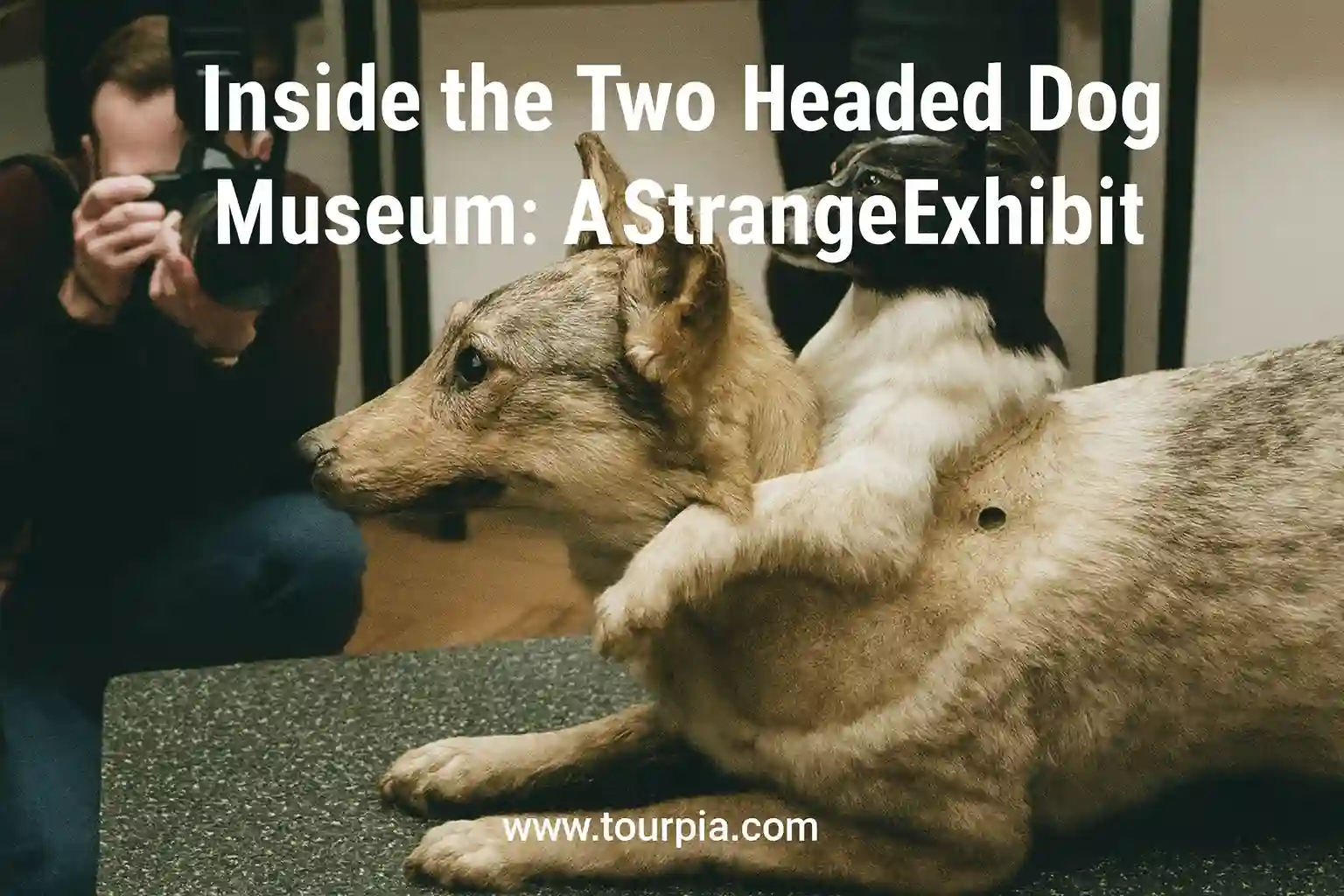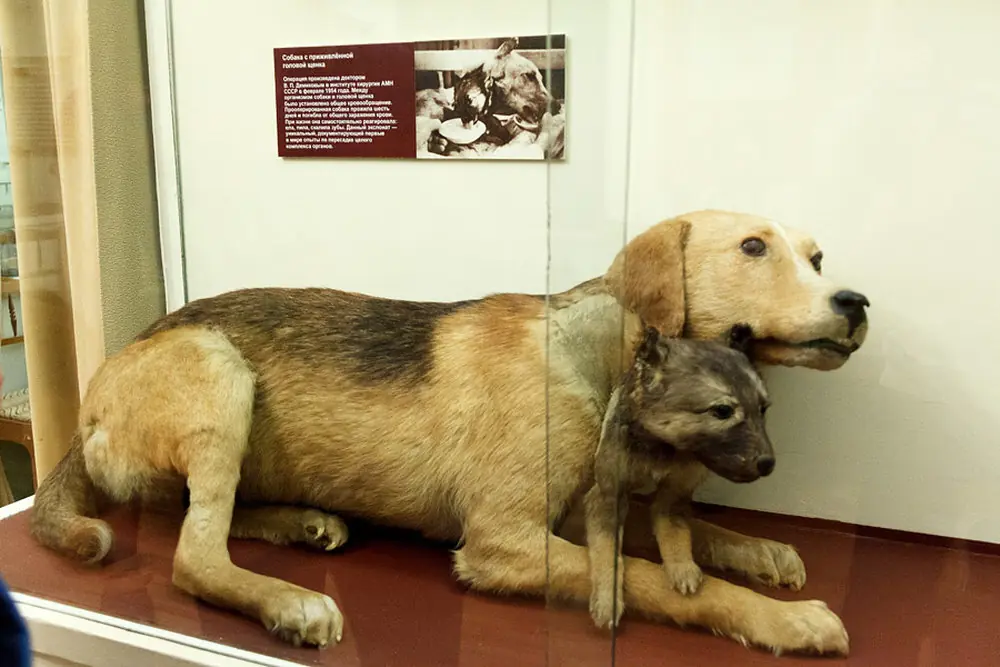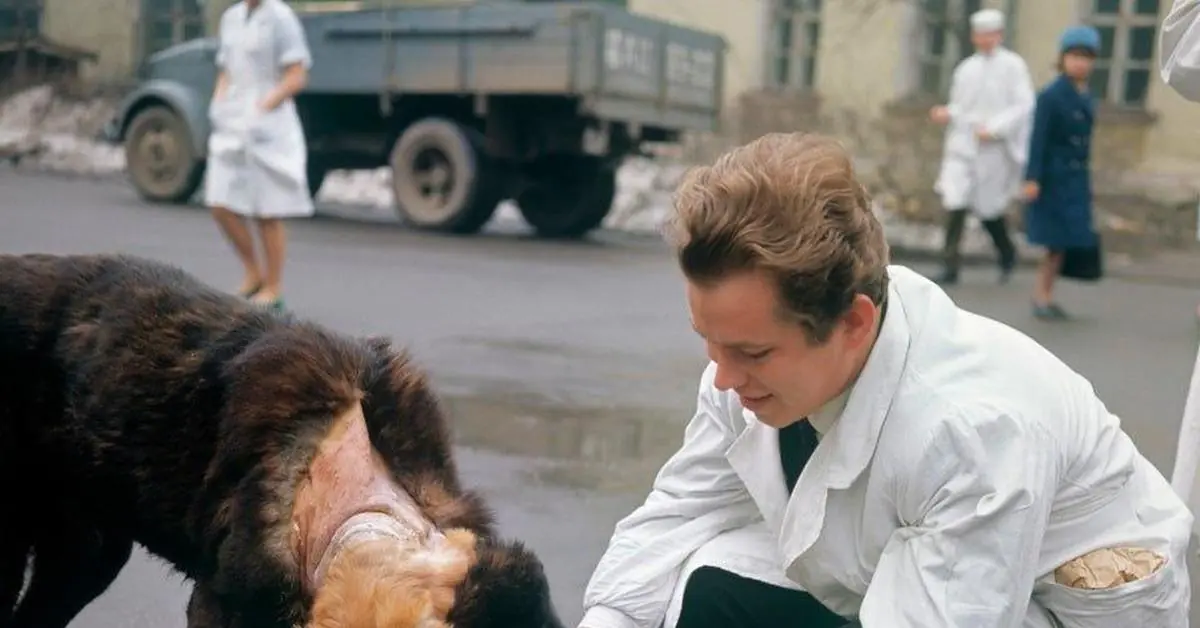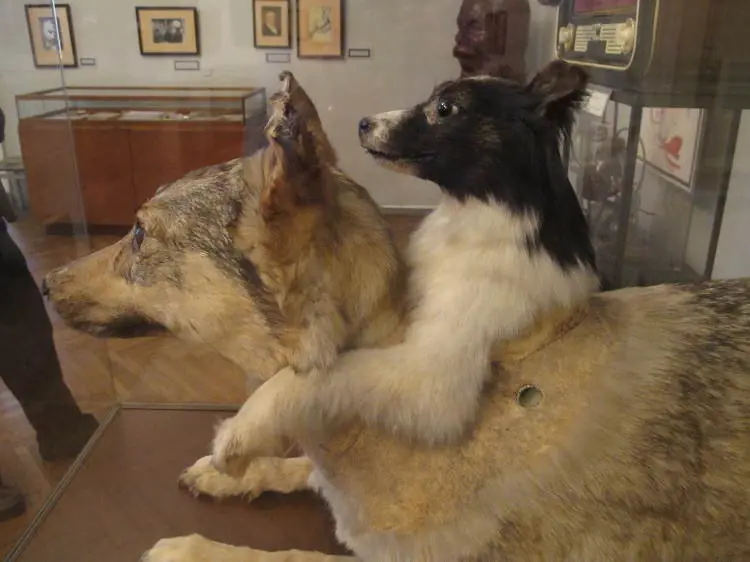Inside the Two Headed Dog Museum: A Strange Exhibit & Travel Tip

If you’re curious and a little brave, a visit to the Pauls Stradiņš Museum of the History of Medicine (in Riga, Latvia) offers an experience like no other. Here lies the infamous exhibit of the two-headed dog, a result of experiments by Vladimir Petrovich Demikhov and his pioneering work in medical science. This article explores the museum visit and the scientific story behind it.
At the heart of the story is the unusual display and the larger themes of surgery, ethics, and medical history. Whether you’re a traveler looking for something offbeat or someone fascinated by the evolution of medicine, you’ll find something to reflect on here.
The Two Headed Dog Exhibit: Pauls Stradiņš Museum

The two-headed dog exhibit sits within the Pauls Stradiņš Museum of the History of Medicine, in the heart of Riga. The museum itself was founded on the medical legacy of Professor Pauls Stradiņš and houses more than 200,000 artefacts tracing the history of medicine.
As you enter the room where the exhibit resides, you’ll see the stuffed body of the two-headed dog mounted behind museum-grade glass. The main head is larger, alert, its ears up; the second head, grafted to the side, appears smaller, facing slightly outward. The effect is unsettling — and unforgettable.
| Category | Details |
|---|---|
| Museum Name | Pauls Stradiņš Museum of the History of Medicine |
| Location | Antonijas iela 1, Riga, LV-1010, Latvia |
| Famous Exhibit | Two Headed Dog Experiment by Vladimir Demikhov |
| Founded | 1957 |
| Museum Type | Medical History and Anatomy Museum |
| Other Highlights | Space Medicine, Surgical Tools, Prosthetics, Historical Pharmacy |
| Opening Hours | Tuesday–Sunday: 11:00 AM – 5:00 PM; Thursday until 7:00 PM; Closed Monday |
| Entry Fee | Adults €2.50 |
| Accessibility | Wheelchair accessible; ramps and elevators available |
| Suggested Visit Duration | 1.5 – 2 hours |
| Photography Policy | Allowed (no flash) |
| Nearby Attractions | Riga Old Town, Art Nouveau District, Latvian National Museum of Art |
| Best Visiting Time | Morning hours on weekdays |
Visitors often describe the ambiance as one part medical-history display, one part oddity cabinet. The lighting is dim, the corridor hushed, and the exhibit invites both fascination and reflection.
Other notable exhibits nearby include historic surgical instruments, models of medieval hospital wards, and sections devoted to space medicine. The museum’s timeline approach — from early pharmacology to Cold War era research — gives the two-headed dog context rather than making it a standalone freak show.
Vladimir Demikhov’s Experiments: The Scientific Story

In the 1950s and 1960s, Vladimir Petrovich Demikhov conducted his controversial dog experiments in the Soviet Union. He was based at places including Moscow State University and the Institute of Experimental Surgery in Moscow. His career started with heart and lung work in dogs, then moved into the unusual territory of grafting heads and front limbs.
One of the most dramatic operations involved taking a large adult dog (often a German shepherd) and attaching to its neck the head and front legs of a smaller puppy. Both heads could see, hear, swallow, drink — though the entire system shared one circulatory system.
The experiments weren’t purely for spectacle. Demikhov aimed to push the boundaries of organ transplant surgery and vascular reconstruction. He explored how to keep two living parts connected via one vascular system — a kind of proto head transplantation and organ transplantation research. These experiments laid groundwork for later surgeons tackling real organ transplant and head transplant challenges.
Survival times varied. Some of Demikhov’s grafted dogs survived for up to 38 days. Records vary, but one source credits a survival of roughly 38 days before death by rejection or circulation failure.
Later experiments by other researchers, such as those by Robert White on head transplants in monkeys, show how Demikhov’s work influenced global research. Authorised head transplants remain theoretical today, but the line from dog experiments to human ambition is clear.
Scientific Significance and Ethical Considerations
Vladimir Demikhov’s work reshaped how the world viewed organ transplantation. His experiments on living animals were not meant as cruelty but as an attempt to understand how organs could function when moved from one body to another. Before his research, the idea of a heart transplant was science fiction. His findings directly influenced later pioneers like Christiaan Barnard, who performed the first successful human heart transplant in 1967.
At the same time, Demikhov’s work forced medicine to face hard ethical questions. Creating a living two-headed dog crossed emotional and moral lines that scientists still debate today. Supporters argue that such bold experiments accelerated the development of organ transplant surgery and techniques like orthotopic heart transplantation. Critics believe the suffering of these animals outweighed the knowledge gained.
During the Cold War, Soviet science often pushed boundaries to prove superiority in innovation and technology. Demikhov’s experiments became symbols of this drive. Yet the legacy of his head transplant research remains divided — part triumph, part warning about how far science should go in pursuit of progress.
Additional Context: The Museum and Medical History
The Pauls Stradiņš Museum holds more than curiosities. It serves as a timeline of global medical development, featuring anatomical models, surgical tools, and early pharmaceutical equipment. It stands among Europe’s leading anatomy museums, preserving artifacts that track the evolution of healing through centuries.
Riga’s Museum of History of Medicine connects Soviet-era achievements with earlier European discoveries. Alongside Demikhov’s two-headed dog, visitors can explore sections on space medicine, prosthetic design, and battlefield surgery. Displays include replicas of early hospitals and pharmacy collections that help visitors understand how medicine evolved before modern science.
This setting makes the two-headed exhibit even more striking. It’s not isolated horror; it’s part of a larger narrative showing how medicine advanced through trial, error, and, at times, sacrifice.
For students of anatomy, the museum is an educational landmark tied to institutions like Voronezh State University and Moscow State University, both influential in shaping medical research during the Soviet era.
Travel Tips for Visiting the Museum

- Plan a half-day visit. You can explore the two headed dog museum and other exhibits comfortably in about two hours.
- Arrive early. Mornings are quieter, with fewer group tours crowding the halls.
- Choose weekdays. Weekends tend to be busier, especially during summer travel season.
- Pair with nearby attractions. The museum is close to Riga’s Old Town, the Art Nouveau district, and the Latvian National Museum of Art.
- Use public transport. Trams and buses stop nearby. Limited parking is available for cars.
- Accessibility. The building has ramps and elevators, making it wheelchair friendly.
- Photography rules. You can take photos, but avoid flash to protect exhibits behind museum-grade glass.
- Take your time. Spend at least 90 minutes if you want to see both the two headed dog and the thematic exhibitions.
- Guided learning. Ask for English audio tours at the reception desk for a more informative experience.
- Pause to reflect. Many visitors end their tour in quiet thought, half amazed and half unsettled by one of science’s strangest chapters.
Conclusion: Reflecting on the Two Headed Dog Legacy
The two headed dog museum exhibit remains one of Riga’s most unforgettable sights. It bridges the worlds of science, ethics, and human curiosity.
For travelers, it’s more than a strange photo opportunity. It’s a story about how far people once went to understand the limits of life itself.
Vladimir Demikhov’s name will always stand at the center of this story. His work inspired future surgeons and helped make modern organ transplantation possible. Yet it also reminds visitors of the moral boundaries that science must respect. Standing before the preserved dogs, many visitors feel a mix of awe and discomfort — the kind of emotion that lingers long after leaving the museum.
Whether you’re drawn to odd museums or medical history, this stop in Riga will challenge how you see progress. The Pauls Stradiņš Museum invites you to question, learn, and look at science with both admiration and caution. That balance makes it one of the most thought-provoking experiences in Europe.
FAQs About the Two Headed Dog Museum
1. Where is the Two Headed Dog Museum located?
It’s part of the Pauls Stradiņš Museum of the History of Medicine in Riga, Latvia. The museum lies near the city center and is easy to reach by public transport.
2. Why was the two headed dog created?
It was part of Vladimir Demikhov’s research into organ transplantation and blood circulation. He aimed to understand how organs could function in a shared body system.
3. Was the dog ever alive?
Yes. The grafted animals lived for short periods, sometimes up to a few weeks, depending on circulation and immune response.
4. Can visitors take photos of the exhibit?
Yes, photography is allowed, but flash should be avoided because the display is preserved behind museum-grade glass.
5. Is the two headed dog museum suitable for children?
It depends on the child’s age and sensitivity. Some exhibits, including this one, may be unsettling.
6. What other exhibits can visitors see?
The museum also features displays on space medicine, anatomy, prosthetics, and historic surgical instruments.
7. How long should I plan to spend at the museum?
Most visitors spend about 1.5 to 2 hours exploring the exhibitions comfortably.
8. What’s the best time to visit?
Visit on weekday mornings to avoid crowds. Thursdays have extended hours for late visits.
9. Is this museum part of dark tourism?
Yes, it often appears on dark tourism lists for its macabre yet educational displays.
10. Are there similar museums elsewhere?
You can find related medical history museums in cities like Moscow and Vienna, but Riga’s exhibit remains one of the most distinctive in Europe.
Recent Posts
 How to Visit Victoria Falls the Smoke That Thunders in 5 Days (No-Stress Guide)
How to Visit Victoria Falls the Smoke That Thunders in 5 Days (No-Stress Guide) 20 Surreal Places in Mexico That Feel Too Dreamy to Be Real (2025)
20 Surreal Places in Mexico That Feel Too Dreamy to Be Real (2025) What Makes Santiago Ways the Most Trusted Camino Agency?
What Makes Santiago Ways the Most Trusted Camino Agency? What Makes Orbis Ways the Go-To Choice for Outdoor Travel Enthusiasts?
What Makes Orbis Ways the Go-To Choice for Outdoor Travel Enthusiasts? Holiday Party Planning 101: Why Transportation Should Be at the Top of Your List
Holiday Party Planning 101: Why Transportation Should Be at the Top of Your List













